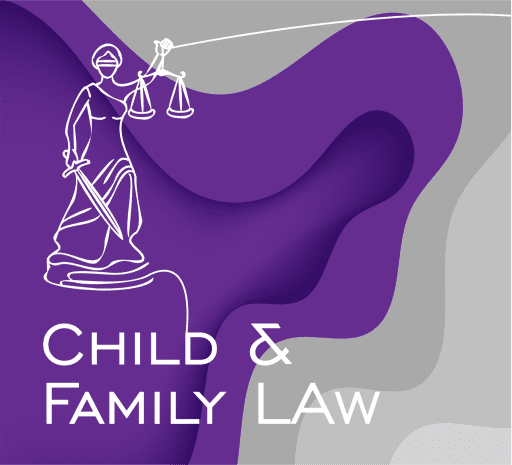The procedure for divorce and dissolution are mostly the same. So, for the sake of simplicity, we will use the word ‘divorce’ for both.
To apply for a divorce, you must be married or be in a civil partnership for at least one year. If you were married in another country, you can apply for a divorce in the UK only if you are domiciled here or if you meet some residence conditions.
The divorce proceedings become simple if both parties are in agreement. The judge does not even have to see the couple. He looks at the paperwork and agrees for the divorce.
If one of the mates does not agree, it becomes challenging. There may be issues regarding child custody and finances. Such issues are dealt separately but at the same time as the divorce proceedings.
How to start the divorce proceedings?
Even if both are in agreement for the divorce, the law requires one spouse to file a petition against the other. The one filing the petition is called ‘Petitioner’ and the spouse is called ‘Respondent’. When your family lawyer files the petition, he needs to have an official copy of your marriage certificate. The Court Fee to start the process is £550.
The petition is a form which gives the Court information about both parties and that the marriage has completely broken down. You may briefly explain the grounds for the divorce. It may be one of the following:
- Adultery (Does not apply for same-sex marriage and civil partnership)
- Unreasonable behaviour
- Being deserted for two years
- Separated for two years and both agree for divorce
- Separated for five years
Seven days prior to the proceedings, the petitioner must send a draft copy of the petition as well as a form called ‘acknowledgement of service’ to the spouse. This allows the spouse enough time to seek legal advice and to raise objections if needed.
The ‘acknowledgement of service’ form must be returned within 7 days. The respondent must use it to inform the petitioner whether they agree for the divorce or they want to defend. If they agree, the role of the respondent is done here. The case can now proceed at the pace of the petitioner.
Applying for the decree nisi
Decree nisi is the second last phase of the divorce proceedings. It means that the Court believes that you are entitled for a divorce but hasn’t finalised it. When you apply for decree nisi, you need a submit an additional form. This form will ask you certain technical details as well as a confirmation that the contents of the petition were true.
The judge looks at the application and if the legal criteria is met, he issues a certificate stating when decree nisi will be pronounced. It is pronounced in an open court where the judge simply reads the list of couples who have reached this stage of the divorce.
In case of a civil partnership, decree nisi is called conditional order.
Applying for decree absolute
Decree absolute means the formal end of a marriage. The petitioner can apply for it six weeks and one day after decree nisi. It is best to consult your family lawyer and make sure all finances are settled before applying for decree absolute.
If the petitioner is not applying but the respondent is keen on ending the marriage, even the respondent can apply for decree absolute after a certain period.
In case of a civil partnership, decree absolute is called final order.
If each step is taken promptly and there are no disagreements with regard to child custody or finances, the divorce proceedings will take about six months.
If you need any further guidance with the decree nisi application or need our expert child and family solicitor to handle your divorce proceedings, please feel free to contact us



